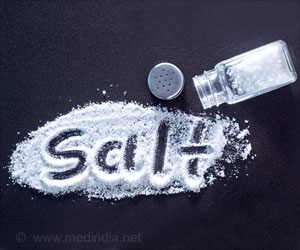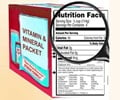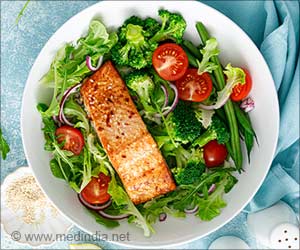New simultaneous food analysis for taste and odor properties now simpler and faster rather than the usual time-consuming and expensive methods.

TOP INSIGHT
New method allows the analysis of large sample size in a very short time with regard to odor and taste giving ingredients
Read More..
In order to guarantee consistent sensory quality, it is very important for manufacturers to know and control the characteristic odor and taste profiles of their products from the raw material to the finished product. This requires a fast but precise food analysis.
Tastants and aroma substances, however, differ greatly in their chemical and physical properties. As a result, food chemists currently use very different methods to determine the exact nature and quantity of odorants and tastants in a raw material or food. Especially aroma analyses are very time-consuming and therefore expensive. This limits the high-throughput analysis of numerous samples.
One methodical approach for two different substance classes
Thomas Hofmann, Director of the Leibniz-Institute for Food Systems Biology and Professor of Food Chemistry and Molecular Sensory Science at the TUM, explains: "We have now developed a new, innovative methodical approach that will enable us to examine food simultaneously for both odorants and tastants in a time-saving high-throughput process. It is based on an ultra-high performance liquid chromatography mass spectrometry (UHPLC-MS) method typically used for taste analysis.
Apple juice as a test object
According to the scientists, the new method makes it possible for the first time to analyze a large number of samples in a very short time with regard to their taste and odor giving ingredients.
Also suitable for food profiling
The researchers hope to be able to further develop the method so that it can be used by food manufacturers in the future to quickly and easily monitor the flavor of food along the entire value chain and, if necessary, optimize it.
Last but not least, the new method could also be used to stop food fraud. "Using the identified flavor profiles, it would be possible to check the origin and quality label of the manufacturers and detect food fraud," says food profiler and food chemist Andreas Dunkel.
Source-Eurekalert
 MEDINDIA
MEDINDIA




 Email
Email










